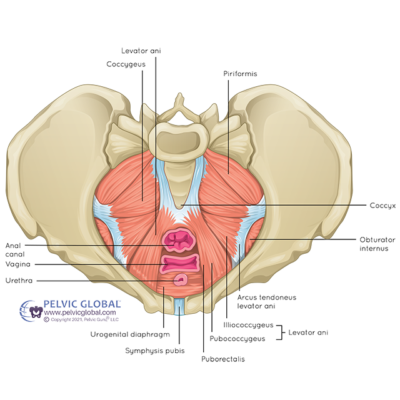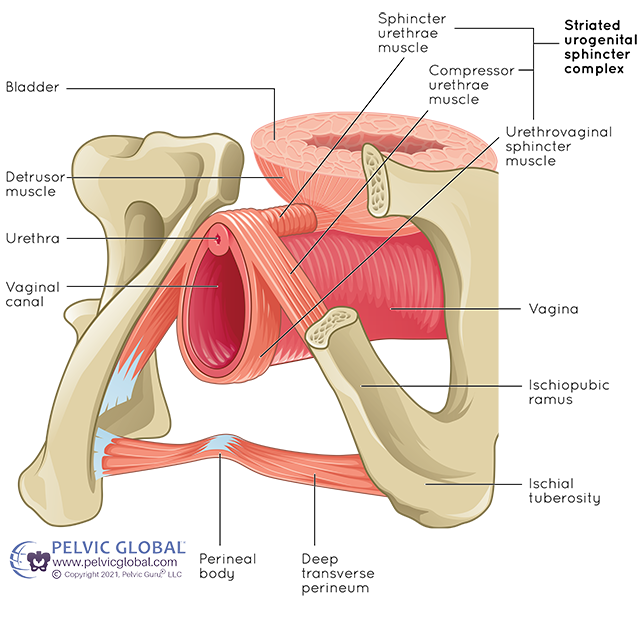Holidays & Your Pelvic Floor
By Guest Blogger Dr. Katie Taylor, owner of Taylor Physical Therapy and Wellness
“We help women struggling with prenatal and postpartum issues, bowel, bladder, and sexual dysfunction, and orthopedic pain return to the activities they love.”
The holiday season is upon us! This is a season filled with festivities, family gatherings, and fun with our children; however, for many women this can also be a season of increased pelvic floor symptoms. Let’s cover the basics of what the pelvic floor is, how to know if you have pelvic floor dysfunction and more importantly how to keep yours healthy this holiday season!
The pelvic floor is a collection of muscles that functions to support our bowel, bladder, and sexual health. Think of these muscles like a hammock that help to support our pelvic organs (bladder, rectum, uterus) from the pubic bone in the front to the tailbone in the back of our pelvis. These muscles can go through a lot of changes during pregnancy which is often when women begin to experience symptoms. Let’s discuss what you should look for to know whether you have pelvic floor dysfunction.

There are specific things we use at our clinic to screen women for pelvic floor dysfunction. If you can answer yes to any of the following, you would benefit from further evaluation to understand exactly what is happening with your pelvic floor:
- Pelvic pain: low back, hip, tailbone, pubic bone, urethra or genital pain.
- Falling onto your tailbone, back, or hip even as a child.
- Urinary symptoms: leaking, incomplete emptying, frequency, or urgency.
- Urinating two or more times at night.
- Pelvic or abdominal pressure or the sensation that a pelvic organ is falling out.
- Bowel symptoms: urgency, incomplete emptying, straining, difficulty initiating.
- Sexual activity increases symptoms.
- Prolonged sitting increases symptoms.
I cannot emphasize this enough mammas: common is NOT normal and although we normalize many of our symptoms after we have children, these things are not normal and should be addressed as soon as possible.
Now that we understand what the pelvic floor does and whether you potentially have pelvic floor dysfunction, let’s discuss how to keep your pelvic floor happy this holiday season! There are four key things that affect the pelvic floor: stress, sleep, nutrition, and movement. The Christmas season can affect all four of these causing women to have more pelvic pain, urinary symptoms, and changes in their bowel habits. Follow these tips to improve your physical and mental health this holiday season.
Lets begin with sleep and stress, two factors that can affect your pelvic floor and how the muscles function. When we have deficient sleep and high stress levels the pelvic floor can become overactive in response and lead to things like pelvic pain, urinary leaking, or bowel issues. During the holiday season try having the same sleep routine, going to bed at the same time each night with a goal of 8 hours per night. This can be challenging with travel and special events but it will make a positive difference. Additionally, plan to do something EVERY day that you find relaxing and that you enjoy to help with stress management. While this season is full of fun activities, it can be overwhelming and create more stress for moms. Examples can include a kid free walk around your neighborhood after dinner, listening to your favorite podcast, or stealing quiet moments in the morning reading before the kids wake up.
Nutrition can impact the pelvic floor and we all know how the holidays can change our diet! There are four major items that are known bladder irritants that you may consider minimizing if you have symptoms of pelvic floor dysfunction: caffeine, alcohol, carbonation, and refined sugar. Also, make sure you are taking in adequate water daily. We need half of our body weight in ounces of fluid per day with ⅔ of that being water. For many women, changes in our diet can also result in constipation and bowel irregularity. Try making sure at least one meal per day is similar (example, oatmeal for breakfast each morning) and that you are taking in on average 30g of fiber per day.

Movement is something that our bodies need on a regular basis to stay healthy physically and mentally. Traveling, change in our children’s school schedule, colder weather, and holiday gatherings are just a few things that can get us out of our routine. I recommend these two helpful tips to keep movement part of your weekly routine no matter what the holiday season brings. First, short bouts of movement count! We need 150 minutes of moderate intensity exercise weekly but that can be broken into short increments of even 5-10 minutes. Some movement is better than no movement at all. The second tip is scheduling your movement time. Look ahead to what your week looks like and plan ahead when you can fit movement into your days. This will ensure we stick with the plan!
I see women at our practice for a variety of pelvic floor dysfunctions but one common theme exists, the holidays can alter the muscles and cause changes in symptoms this time of year. Do not ignore your symptoms mamma, call a pelvic floor provider to get relief and get on track to have a great holiday season!
Follow Taylor Physical Therapy and Wellness on social media @taylorptwellness for more great pelvic floor tips and information.
*All images used with permission from Pelvic Guru®, LLC as a member of the Global Pelvic Health Alliance. www.pelvicglobal.com
For notifications on local events and happenings, subscribe to TMoM’s free weekly newsletters here.
